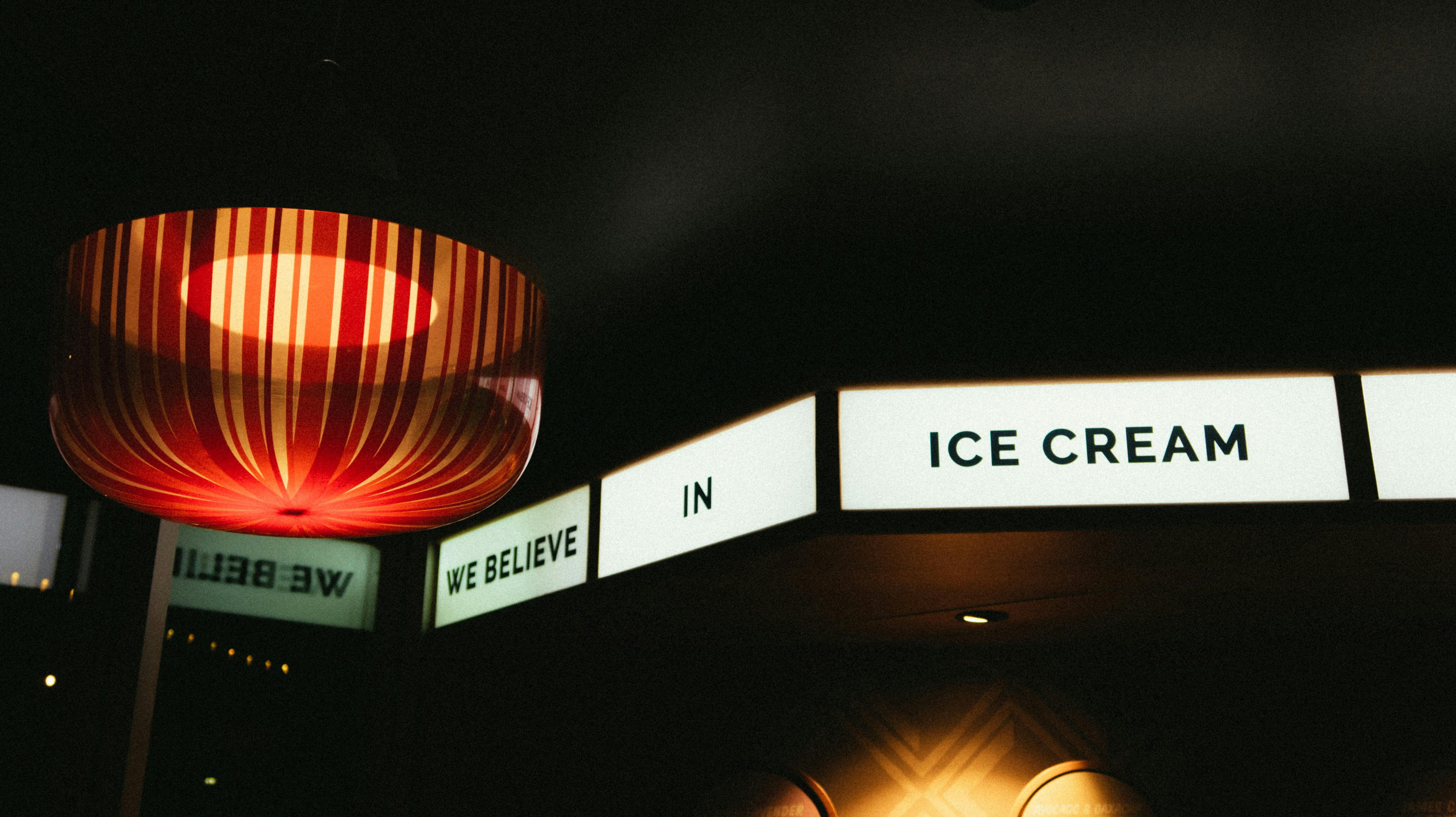Barbecue: The Great American Pastime
Baseball may rank there, but barbecue is another great American pastime. While its popularity is well known, its origins, its definition, and even how it’s spelled (BBQ, bar-be-cue, barbecue) are clouded by thick grill smoke.
For many Americans, “barbecue” is a gathering of friends in the backyard to eat food prepared on a hot grill. For those who are serious about their barbecue, there is a distinction between barbecue and grill. Barbecuing is preparing food outdoors using the indirect heat of a wood fire. Grilling is what many backyard chefs do when they cook burgers, hot dogs, seafood, you name it on a hot grill using direct heat. That grill can use barbecue briquettes, wood chips, gas, or any combination of those fuel ingredients. Both can include some kind of hot sauce or spicy barbecue sauce to heat things up. It can take more than 12 hours to cook a whole pig or a large beef brisket with ribs that take four to five hours to cook. “These low temperatures and slow, low, slow cooking create the unique look, taste, and texture of smoked meat that is authentic barbecue,” notes the California Barbecue Association website.
There are almost as many theories about the origin of the word “barbecue” as there are ways to prepare barbecue. Some trace the word back to the French “barbe-a-queue,” which loosely translates as from beard to tail. In other words, cook a pig from head to toe. Others say that the term derives from the Spanish word “barbacoa”, which means a frame of sticks, which was used to raise a piece of meat over the fire to cook it. And the term “barbecue” is supposedly derived from the Arawak word “babracot” for wooden appliances. Tar Heel magazine was quoted as saying that the word “barbecue” comes from a 19th-century advertisement that cited a combination whiskey bar, brewery, swimming pool establishment, and roast pork vendor, summed up as bar-beer-cue. -pig.
How it got to the United States is also unknown. The California Barbecue Association posits that barbecue was first brought to California by Franciscan friars who brought it from the Caribbean. In the 17th century, the friars arrived in California, which was then part of Mexico.
Another theory is that barbecue originated in the late 19th century during the cattle drives in the West. Slow cooking tough meat over a fire was a way to tenderize the meat and make it more palatable. German butchers reportedly brought barbecue to Texas in the mid-1800s. The truth is, barbecue has been an American pastime for hundreds of years. Some say large barbecue gatherings were common as early as 50 years before the Civil War in the South. Later in the 19th century, it became a mainstay at church picnics and political rallies, as well as private parties. Today, almost everyone grills or barbecues at one time or another, whether it’s a small hibachi grill on an urban fire escape or a full-on pig roast with a barbecue pit dug out of the backyard. back of your house.
There are also regional differences when it comes to barbecue. Reportedly, vinegar-based sauces are what turn home chefs in North Carolina and South Carolina on fire. Tennessee barbecue sauces tend to be hot and sweet, as well as tomato-based. Dry rubs can be used almost anywhere. Kansas City, Mo., another barbecue hotspot, uses a tomato-based sauce like Tennessee’s, but also adds molasses to the mix. Texas sauces show a Mexican influence and may use chiles and limes in the sauce or as a side to food.
Furthermore, the type of meat used also varies by region. Beef is paramount in Texas, while pork is the old standby for the Carolinas and the rest of the South. In the Pacific Northwest and East Coast, most people barbeque instead of barbecuing. Specifically for the Pacific Northwest, grilling fish, especially salmon, is popular, as is the use of cedar planks to add flavor.Grillin’ and Chillin’ with the Flintstones
It is certainly clear that cooking over a wood fire was something that we all did in prehistory and mainly with meat. It was the first type of cuisine, popular around 125,000 BC. C. and helped propel us to today’s meat-centric diet.
The barbecue and the grill also emerged independently throughout the planet. Grilling is a popular way of preparing meat in China and Korea, for example, as well as in the Caribbean.
According to the History Channel, “barbecue” first appeared in print in 1655 when the United States was a colony of Great Britain, and in the mid-19th century, barbecue was a popular way of preparing meat, especially in the West.
Barbecue really started cooking in the 1920s thanks to Henry Ford and his assembly line. It sounds like an odd couple, Henry Ford and the barbecue, but economic necessity prompted Ford to create charcoal briquettes, now a primary fuel source for grills. Ford invented briquette because his assembly line produced not only cars, but also a lot of wood waste. Ford thought he could turn his trash into cash and he did.
Similarly, utility companies introduced gas grills in the 1950s and then a Weber Brothers Metal Works worker designed the first Weber kettle grill in 1951, also according to the History Channel.
As time goes on, steakhouses continue to perfect their art. One of the top barbecue trends is the “water smoker,” says the website infoplease.com. The water smoker can be powered by electricity or charcoal. Burning wood chips and boiling water allows an outdoor cook to slowly cook meat while the circulating water/steam sprays the food and keeps it moist.
And whether grilled or broiled, one of the best ways to prepare meats or vegetables is to first marinate them in the marinade or sauce of your choice. If you’re simply grilling meat over a hot flame, marinades may not be required, but a dipping sauce provided with the food can add flavor.
